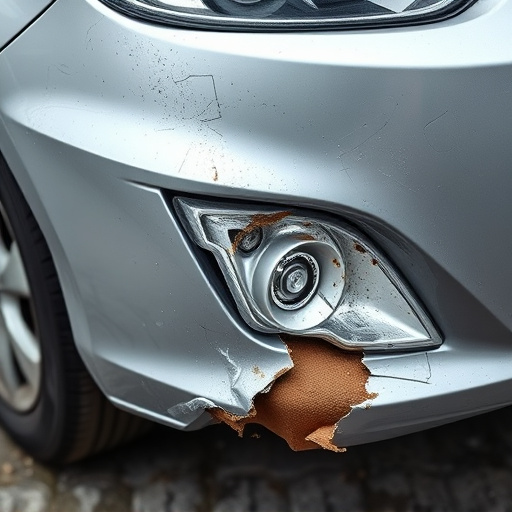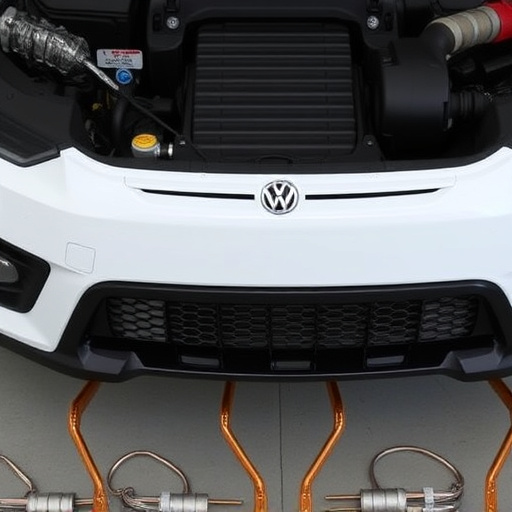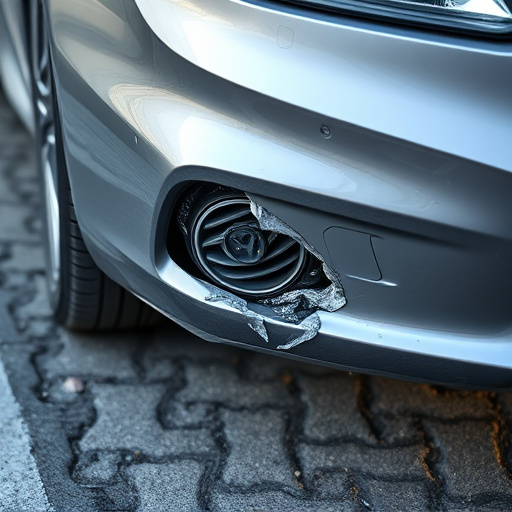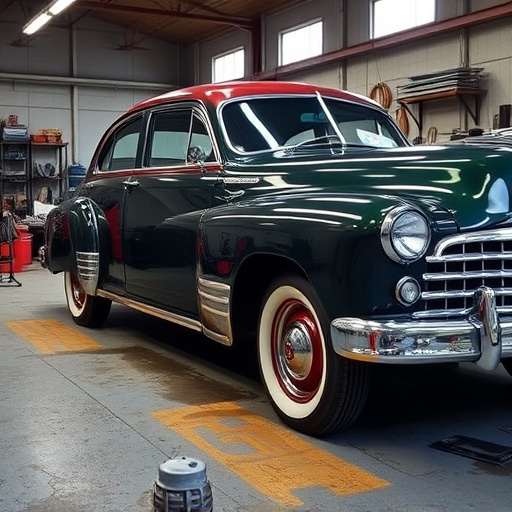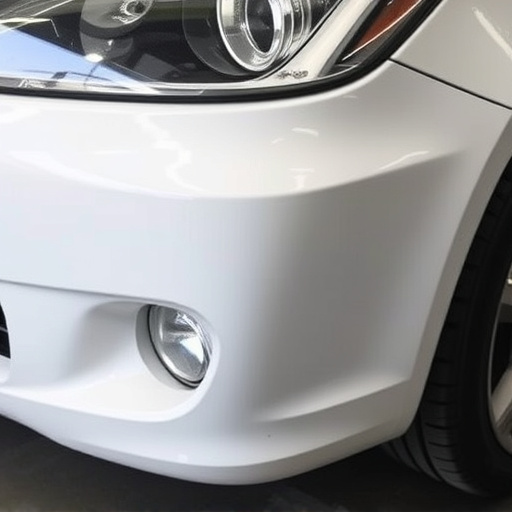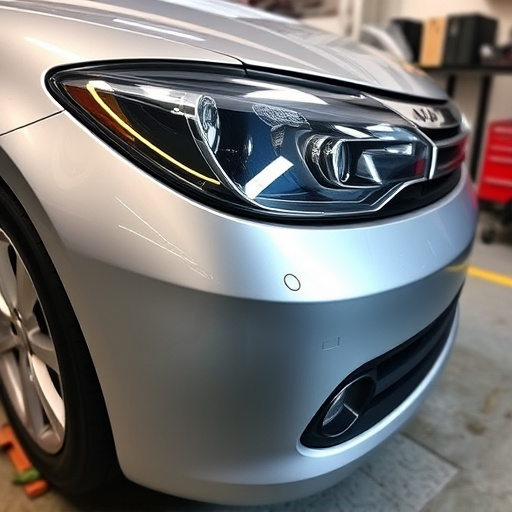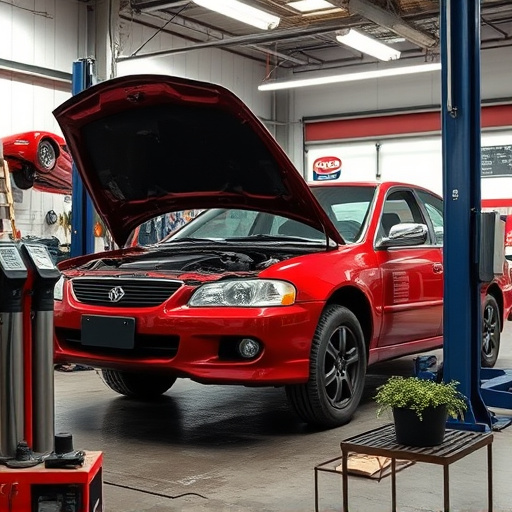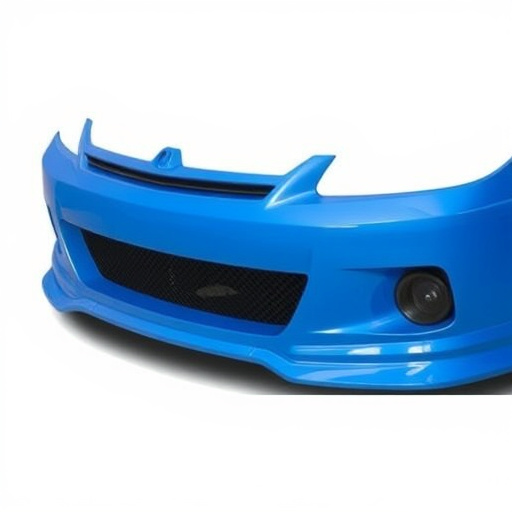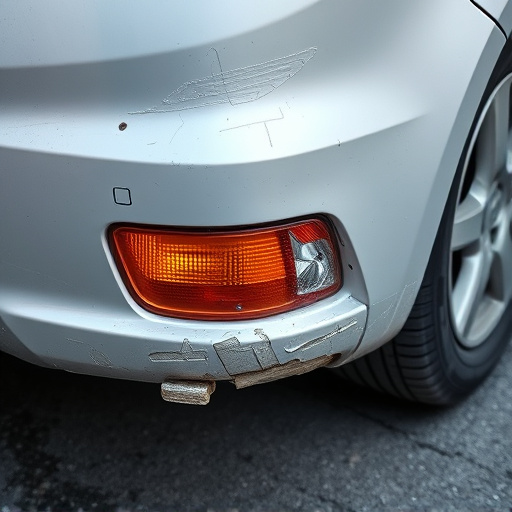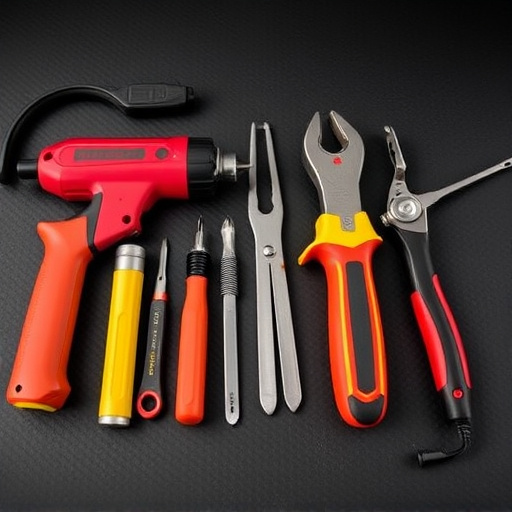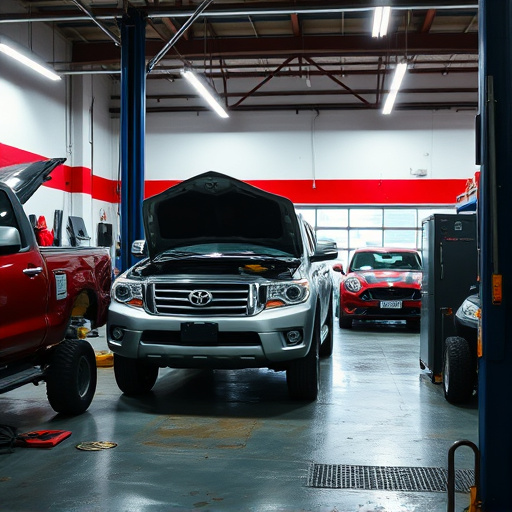Post-hydraulic frame machine repair, thorough evaluations assess structural integrity by checking alignment, welds, and joints for stability. Benchmarking against industry standards confirms successful restoration of pre-damage performance and safety. Customer feedback is crucial to gauge satisfaction and workshop reputation, fostering trust among clients.
Evaluating the success of a hydraulic frame machine repair involves several key steps. First, assess the structural integrity of the machine post-repair, ensuring all components are securely in place and functioning correctly. Next, compare the performance against pre-damage levels to confirm full operational capacity. Additionally, gather customer feedback and satisfaction ratings, as their insights provide invaluable context for gauging the overall success of the repair job.
- Assess Structural Integrity Post-Repair
- Compare Performance Against Pre-Damage Levels
- Evaluate Customer Satisfaction and Feedback
Assess Structural Integrity Post-Repair

After a hydraulic frame machine repair, one of the key aspects to evaluate is the structural integrity of the vehicle. It’s imperative to conduct a thorough inspection to ensure that all components are securely aligned and no new weaknesses have emerged. This involves visually examining the frame for any signs of damage or misalignment, as well as checking crucial points such as welds, bolts, and joints for stability.
A successful repair should not only straighten out the frame but also reinforce it, ensuring the vehicle’s safety and performance. Comparisons with pre-repair measurements can be helpful in assessing the precision of the work. Additionally, testing the vehicle’s roadworthiness—including handling, suspension, and braking systems—after repairs is vital to confirm that all car paint services, bumper repair, or car body restoration aspects have been correctly addressed, leading to a seamless driving experience.
Compare Performance Against Pre-Damage Levels
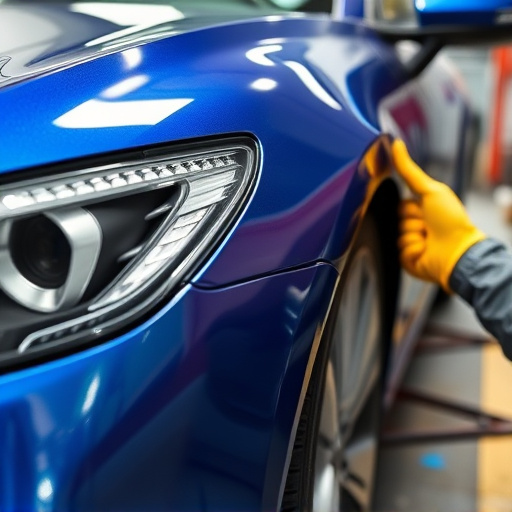
After completing a frame machine repair job using a hydraulic frame machine, one of the most effective ways to gauge success is by comparing the vehicle’s performance post-repair to its pre-damage state. This involves meticulous testing and assessment to ensure all components are functioning optimally. Skilled technicians will employ advanced diagnostic tools to measure various parameters such as alignment, structural integrity, and overall safety features that were in place before the damage occurred.
By benchmarking these metrics against industry standards and the vehicle’s original specifications, auto body services professionals can accurately determine whether the repair job has achieved its intended goals. If the car bodywork services performed meet or exceed these benchmarks, it signifies a successful restoration, ensuring the vehicle is safe to drive with enhanced structural stability and performance comparable to its pre-damage condition—a key indicator of high-quality car repair services.
Evaluate Customer Satisfaction and Feedback

After completing a hydraulic frame machine repair, gauging customer satisfaction and collecting feedback is essential. This includes understanding whether the vehicle’s structural integrity has been fully restored to its pre-accident condition. Customers should be able to confirm that all repairs are accurate, safe, and conform to industry standards. Feedback can be solicited through various channels like online reviews, survey forms, or direct communication.
Paying attention to customer feedback not only helps in improving the quality of vehicle repair services but also plays a crucial role in enhancing fleet repair services. For instance, positive experiences with Mercedes Benz collision repair can set your workshop apart and attract more clients seeking top-notch automotive care. This continuous evaluation process ensures that repairs meet or exceed expectations, fostering trust and loyalty among clients, whether they are individual car owners or business fleets.
Evaluating the success of a hydraulic frame machine repair involves assessing structural integrity, comparing performance pre-and-post-damage, and gauging customer satisfaction. By meticulously examining these three aspects, you can accurately determine the effectiveness of the repair job, ensuring the restored hydraulic frame machine meets or exceeds its original capabilities.
